Misleading information channels
In early 2025, the People's Committee of Ninh Giang district ( Hai Duong province) issued a document requesting the Provincial Police and the Department of Information and Communications to strictly handle the social network account named DHD for posting inaccurate information about the national relic of Tranh temple, to avoid causing misunderstandings about information about historical and cultural relics in the district.
It is known that, through monitoring the video, the People's Committee of Ninh Giang district found that the information and images in the clip were inaccurate and inconsistent with the relic that was ranked at the national level by the Ministry of Culture, Sports and Tourism for the Tranh Temple historical - cultural relic in Ninh Giang district.
The image of the worship facility mentioned in the video clip above is not Tranh Temple but an image of a construction illegally built by a private individual, violating the protection corridor of the Luoc River dike, having no value in terms of relics, not included by the People's Committee of Hai Duong province in the list of protected relics in the province, not ranked as a national relic.
In fact, some social media platforms today are hiding misinformation, “disturbance” of historical knowledge. According to a report conducted by NewsGuard, some social media platforms such as TikTok are providing misinformation to users who search for information. NewsGuard analyzed the results and found that 19.5% of recommended videos contained false or misleading statements.
However, videos on social media are attracting millions of Vietnamese viewers every day, most of whom are young people. Some platforms such as Facebook, Instagram, Youtube, etc. are contributing to orienting information for young Vietnamese people. Therefore, putting historical information on the Internet needs to be carefully censored.
It is necessary to carefully research historical documents before doing media work.
It can be seen that in recent years, history and culture have become a topic that attracts the attention of many young people. On platforms such as YouTube, Facebook, Zalo, ... it is not difficult to come across historical video channels that attract millions of views, with traffic mainly coming from young audiences.
Historical channels on the Internet all show that the young people’s perspectives are very rich in content and diverse in expression. From feudal history, modern history to wars against invaders or simply the daily life of Vietnamese people a few centuries ago, instead of using dry data or words, young people have used images, documentary films, information graphics or more elaborately “drawing” a cartoon to illustrate the content.
Influenced by social networks, young people have a love for historical sites and traditional museums. Even traditional Vietnamese costumes are being restored in a variety of colors and designs, and are often worn by young people on important occasions such as weddings, engagements, holidays, graduations, etc.
Talking to reporters of the Vietnam Law Newspaper, Ms. Pham Kim Anh, PhD in History, former staff and lecturer at Hanoi Pedagogical University, commented: “A segment of young people tend to love learning about the history and culture of Vietnam, recreating traditional cultural values through images through expressions such as costumes, historical films... showing that this is a positive sign, worthy of respect and encouragement. From there, they will spread historical and traditional cultural values, connecting the past with the present, preserving the unique cultural identity of Vietnam”.
However, according to Dr. Pham Thi Kim Anh, spreading those images on social networks requires caution, avoiding sensational headlines, "like-baiting", attracting attention in a negative way, not true to the nature of culture and history. Before creating media content about history and culture on social networks, young people need to carefully study the content, context, and method of expression so that it is appropriate and vivid while ensuring accuracy and objectivity. Only then will the value of historical and cultural works bring profound meaning....
As it stands now, some historical content on the Internet (on unofficial channels) is only concerned with shocking headlines, with little attention paid to investing in the quality of their "brainchildren", and even without verifying the information posted.
Source: https://baophapluat.vn/can-trong-truoc-nhung-thong-tin-lich-su-ao-tren-mang-xa-hoi-post544264.html


![[Photo] Prime Minister Pham Minh Chinh chairs meeting on science and technology development](https://vphoto.vietnam.vn/thumb/1200x675/vietnam/resource/IMAGE/2025/5/17/ae80dd74c384439789b12013c738a045)
![[Photo] Readers line up to visit the photo exhibition and receive a special publication commemorating the 135th birthday of President Ho Chi Minh at Nhan Dan Newspaper](https://vphoto.vietnam.vn/thumb/1200x675/vietnam/resource/IMAGE/2025/5/17/85b3197fc6bd43e6a9ee4db15101005b)



![[Photo] More than 17,000 candidates participate in the 2025 SPT Competency Assessment Test of Hanoi National University of Education](https://vphoto.vietnam.vn/thumb/1200x675/vietnam/resource/IMAGE/2025/5/17/e538d9a1636c407cbb211b314e6303fd)





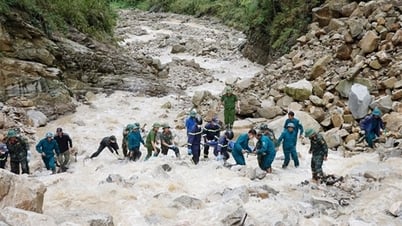

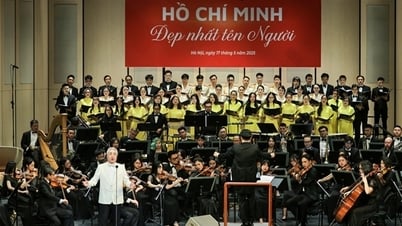







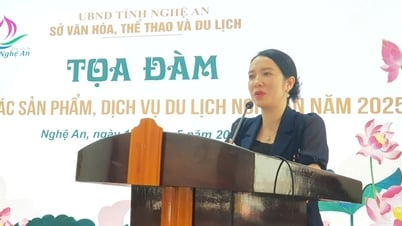

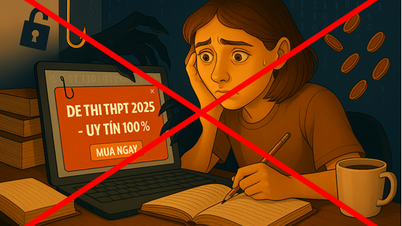
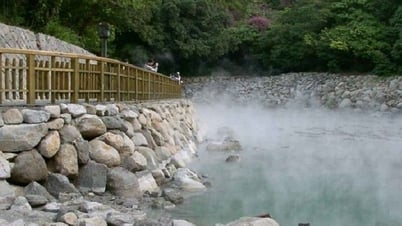
![[Photo] Nearly 3,000 students moved by stories about soldiers](https://vphoto.vietnam.vn/thumb/1200x675/vietnam/resource/IMAGE/2025/5/17/21da57c8241e42438b423eaa37215e0e)




















































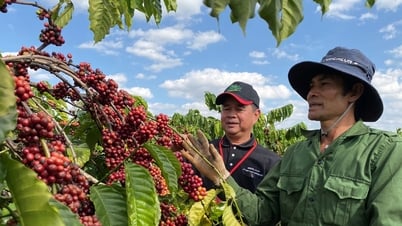

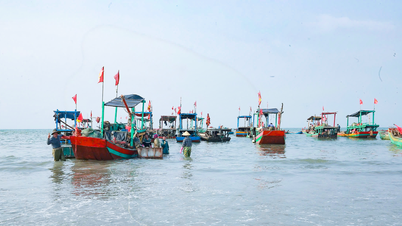
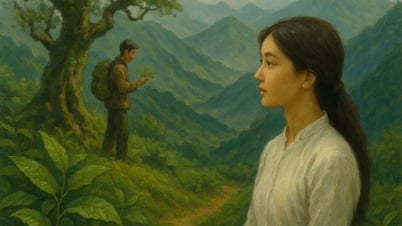














Comment (0)